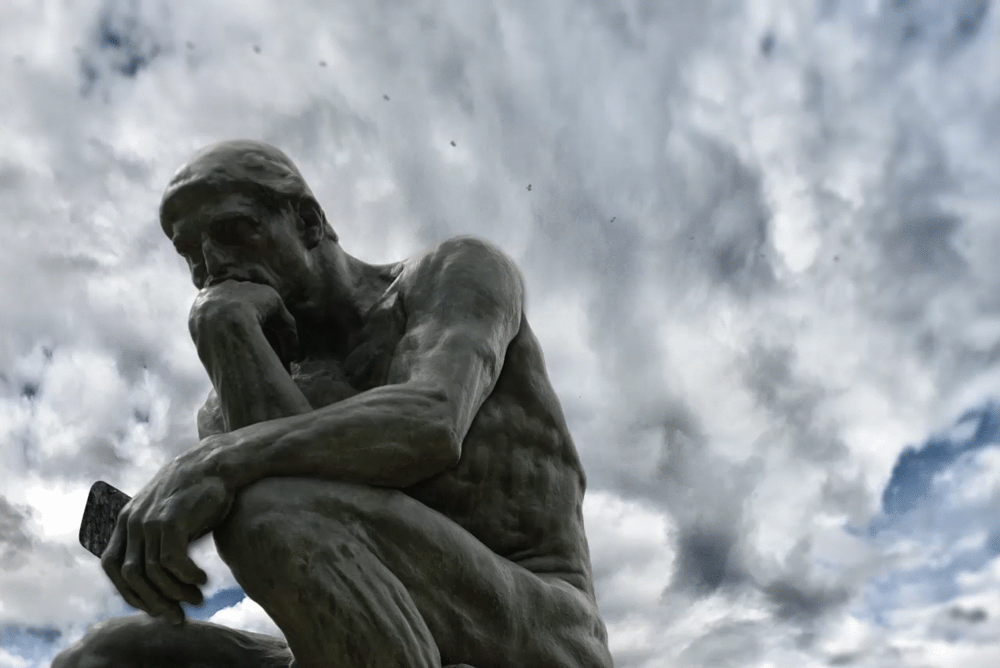This Memo is about the news biz, not our special corner of it — the religion-news biz.
Here’s the theme: America’s alarming decline of journalists and journalistic outlets from coast to coast endangers a functioning democracy at a time of political polarization, and lack of trust in central institutions that includes a low point in public regard for the news media.
One major aspect of this dire situation is dramatized in the November 15 release of the fifth report by the State of Local News Project, commendably operated by Northwestern University’s Medill School of Journalism with support from key media foundations.
“Many news organizations are hanging on by a thread,” this report says.
Much can be said about the failings of the old mainstream media, or of this or that news organization, or of a particular story — and should be said. Solid criticism is fair game.
But something very fundamental to the republic is occurring in the 21st Century.
Washington politics will always get lots of coverage, and likewise for national-level treatment of other subjects that newspaper executives value, such as business, entertainment and sports. The crisis comes with information at the state and local level. The Medill report, focused on local rather than state-level journalism problems, documents the following geography of “news deserts” where coverage is iffy or even non-existent.
Out of the nation’s 3,144 counties, 1,562 have only one surviving source for local news in any format, whether print, digital or broadcast, usually a weekly newspaper. Of these counties, 228 are on Medill’s Watch List, signifying “high risk” that the one existing outlet will die.
Then there are 204 counties without a single local journalistic shop.










